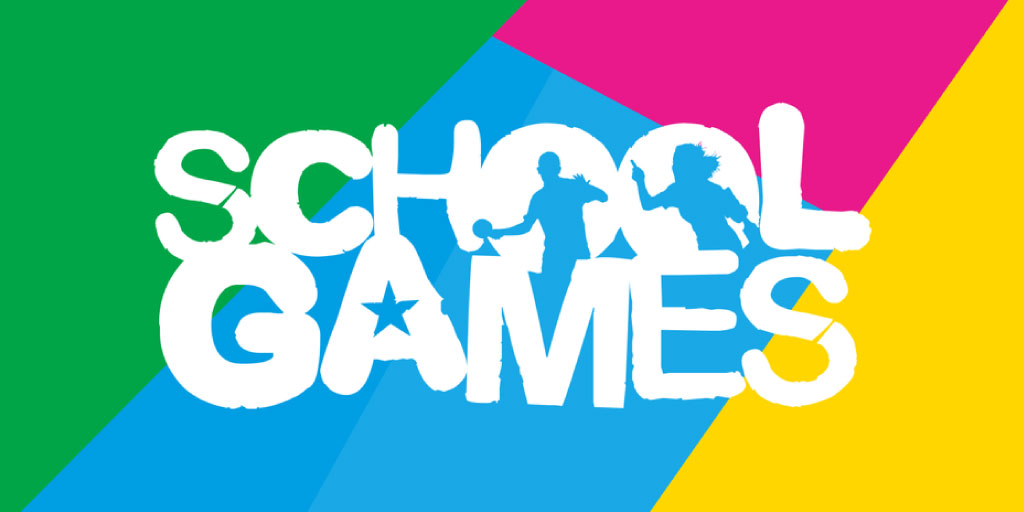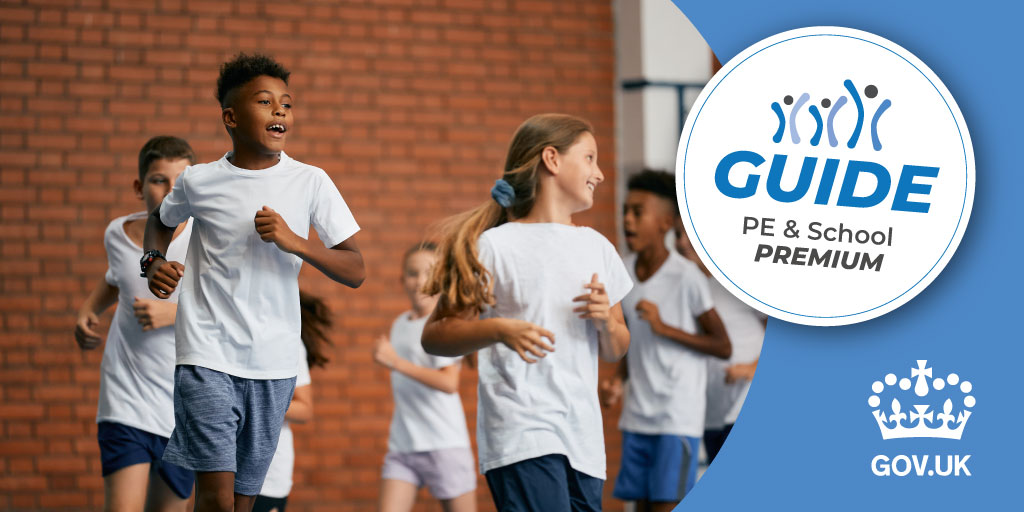The announcement that funding has been secured for the Pupil Premium will help every school administration meet their educational outcomes. This financial year has seen the grant increase to almost £2.9 billion with eligible schools including local-authority-maintained schools, academies, free schools, and non-maintained schools.
The package
Announced on the 8th of March 2023, the funding commitment for 2023/24 aims at improving the quality of PE and school sport inside and outside of the classroom. The new announcement is designed to meet the promises made by Prime Minister Rishi Sunak and Education Secretary Gillian Keegan to boost equal opportunities in PE and School Sport.

The full package includes the following:
- A commitment of £600 million for the next two academic years (2023-24 & 2024-25)
- Schools will deliver a minimum of 2 hours of curriculum PE, including increased support through a refreshed School Sport Action Plan
- £22 million for two more years of the School Games Organiser Network (SGO)
- Equal access to sport offering girls and boys the same sports as needed
- Up to £57 million in funding for the ‘Open Sports Facilities’ programme that will open up school facilities outside of school hours
- A new digital reporting tool for Primary PE and Sport Premium to maximise the advantage to pupils
- An expanded School Games Mark to create parity for girls
So, what should you look for when creating your strategy?
Are you identifying the challenges faced by disadvantaged pupils at your school?
To use your premium effectively, it is essential that you use internal and external assessments to determine the current situation for disadvantaged pupils. With the focus on disadvantaged pupils, some of the proposed areas are attendance, absence, behavioural problems and exclusions, mental health, wellbeing, and safeguarding concerns.
The EEF guide includes examples of how the funding can be used to meet these targets with case studies. Examples include creating provisions for mental health or resilience-based sports coaching, including using enrichment activities such as Yoga or Archery to improve mental health among pupils.
Are you using the ‘menu of approaches’ to support your strategy?
The menu of approaches was developed to help schools keep to the conditions of the grant. While school leaders are not required to allocate pupil premium to every menu item, it is essential to address the challenges with specific activities that can suit the targets addressed in the approach.
The ‘menu of approaches’ includes three tiers and approaches to implement:
- High-quality teaching
Evidence high-quality teaching with a broad and balanced curriculum. Options to improve this include professional development, mentorship and coaching for teachers and National Professional Qualifications (NPQs). Schools can and should use technology and other resources to help with their teaching such as diagnostic software.
- Targeted academic support
Academic support can range from tutoring in any size group to academic interventions or in-classroom support. Targeted interventions can be used for academic attainment, with examples of improvements in numeracy, literacy, or language development. You should include evidence where you have also met the needs of disadvantaged pupils with SEND needs.
- Wider strategies
Your wider strategies should be directed at a pupil’s social, emotional, and behavioural needs. Consider extracurriculars, outdoor activities such as enrichment or activities geared towards supporting or communicating with pupils. For example, breakfast provisions or after-school clubs can greatly evidence improved attendance and can support working or busy parents.
Is your school strategy a 3-year plan?
The guidance advises that schools develop 3-year strategies, based on the challenges that you have identified. This will help you track your own progress internally and will provide accountability externally.
The exact balance of spending is up to the school leader. However, the EEF recommends that high-quality teaching is always the priority. This means if you are looking for external coaching providers, you should partner with an organisation that supports professional teaching development.
Focus your strategy on where it can have the most significant impact within areas of your control. Set ambitious but realistic targets with activities geared towards delivering those outcomes based on the menu of approaches.
Remember that you can pool your strategy if your school is part of an academy trust. It is important that all relevant members, including governors and trust leadership, be involved in developing your strategy.
How will you implement and evaluate your strategy?
All strategies should be implemented within the following key factors; coherence with the curriculum, impact on your staff, and targeting and monitoring.
Any new activities should be integrated into the curriculum so there is no missed curriculum content for any pupil. You should be promoting your own schools’ principles and ensure that any professional development takes into consideration the standards for teaching professional development.
When it comes to targets and monitoring them. All activities, including which pupils receive activity provisions or if you have used an external provider, how long and in what ways they have been used should be recorded. It is advisable that if you seek an external provider, you choose a provider who offers external tracking and administration for the Pupil Premium.
Evaluating your impact should be based on measuring the success of disadvantaged and vulnerable pupils. Your framework should be clear and transparent and present an ongoing strategy that can be sustained in the long term.
Conclusion
All strategies need to be focused on transparent and sustained strategies with accountability processes built-in for the best chance of successful implementation.



